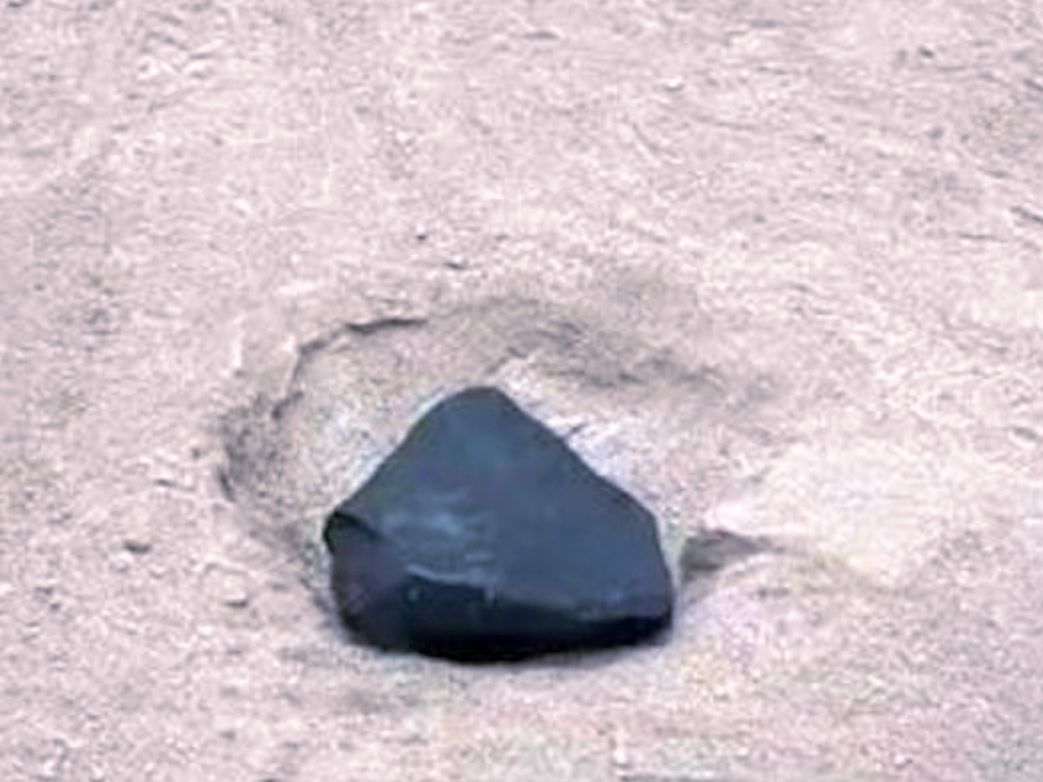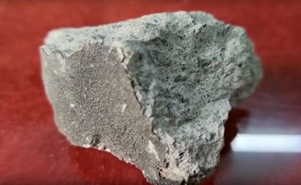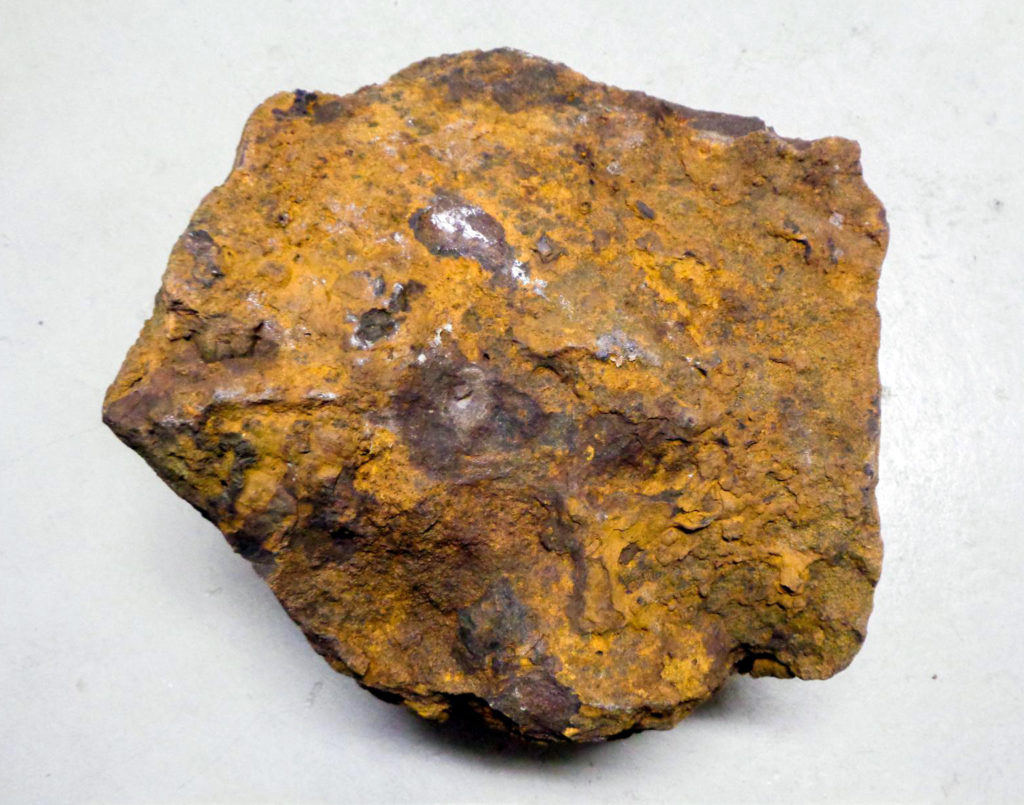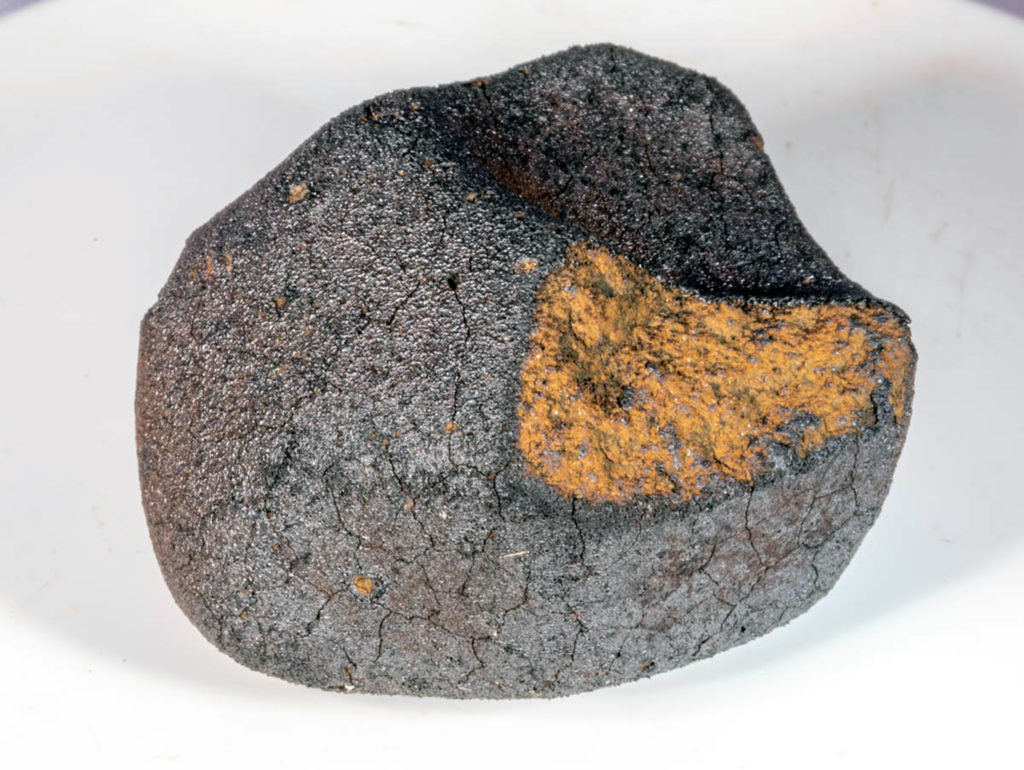Strong Toroidal Recirculation Zones at the Inner Dust Rim as the Origin of Meteoric Chondrules and Calcium-Aluminum InclusionsOPEN ACCESS
Peter Todd Williams
Draft version April 29, 2025, submitted to ApJL
“We hypothesize strong (transonic) twin toroidal recirculation zones above and below the accretion disk midplane, rather close-in to the protosun, to be the source of chondrules and calcium-aluminum inclusions (CAIs). The recirculation zones act as centrifugal separators. In the case of chondrules, we suggest this happens during Class II (T~Tauri) stage of protostellar accretion, and in the case of CAIs, during an earlier higher-M phase of accretion. The recirculation zones advect and raise dust and solid aggregates above the midplane, making a “mushroom-cap,” and they also generate weak standing oblique shocks that heat and fuse protochondrules. We do not model the emission of these shocks, but point out that they will produce Doppler-broadened, possibly twin-peaked line emission with width of the order of ≃ 200 km s−1. For concreteness, we focus on chondrules in the paper. Small (⪅ 10 μm) diameter protochondrules are evaporated by the standing shocks, whereas large (⪆ 1 cm) protochondrules are too heavy to be entrained and accelerated by the outer recirculation zone and outflow. Intermediate-size protochondrules, however, are centrifugally ejected and carried by high-speed diffuse gas outflow to the outer regions of the disk, where they rain down. The recirculation-induced dust mushroom caps will create significant IR continuum emission. We suggest they coincide with observed inner “puffed-up” dust rims. We also suggest that the recent interferometric inferences of arcs or ellipses in the sub-AU continuum IR of low-mass Class II protostars may be observations of corresponding chondrule-producing recirculation zones in those systems.”
































